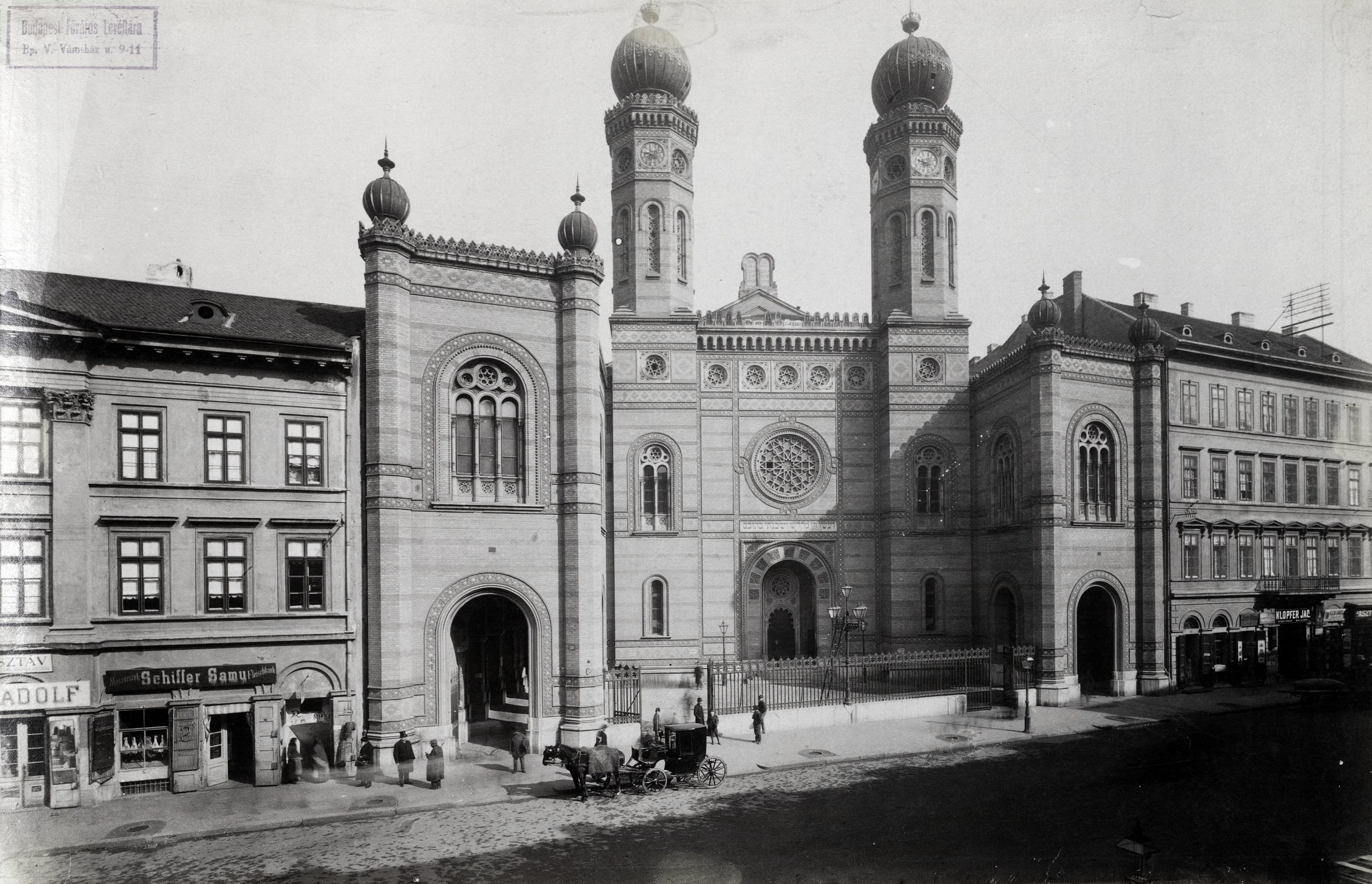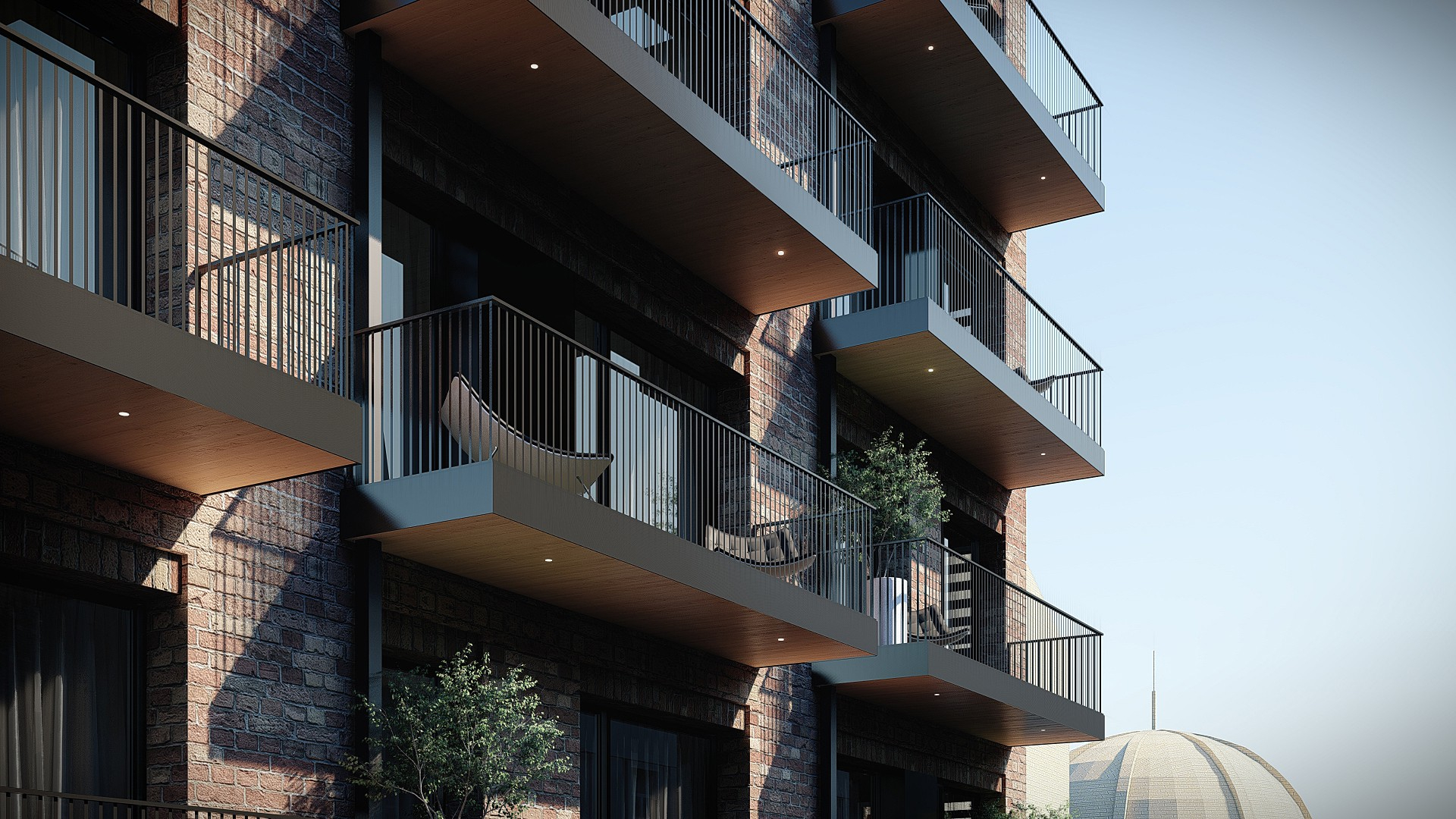
Nestled in the vibrant 7th District of Budapest, known as Erzsébetváros, Seven Pearl at Dohány Street No. 10 is a remarkable testament to the city’s rich cultural heritage. This district, named after Queen Elisabeth (Sissi), wife of Emperor Franz Joseph I, captivates visitors with its central location, lively atmosphere, and unique blend of history, culture, and modernity. Adjacent to the grand Dohány Street Synagogue, the largest operating synagogue in Europe, Seven Pearl stands as a symbol of resilience and architectural beauty.

Image Source: Fortepan / Budapest City Archives. Archive Reference: HU.BFL.XV.19.d.1.07.137
The building’s origins trace back to 1844 when it was constructed by renowned architect József Hild in the classical style. Originally a two-story structure, it underwent significant modifications in 1870 when an additional floor was added under the guidance of Károly Hild, József’s nephew. This U-shaped building not only witnessed pivotal historical events such as the 1848–49 Revolution and the 1956 uprising but also played host to influential figures like stained-glass artist Miksa Róth and pioneering photojournalist Stefan Lorant. The property’s storied past includes its use during WWII when part of it became enclosed within the Jewish ghetto, while another section remained outside.
Throughout its history, the building has been home to notable personalities who left indelible marks on Hungary’s cultural landscape. Miksa Róth, celebrated for his Art Nouveau stained glass masterpieces adorning landmarks like the Hungarian Parliament, established his first independent workshop here. Similarly, Stefan Lorant, born in this very building, revolutionized photojournalism with his iconic *Picture Post* magazine, which reached millions across Britain. Additionally, press baron Simon Tolnai, owner of the influential weekly *Világlap*, purchased the property in 1911, intending to construct a modern office building—a plan thwarted by economic challenges following World War I.

Today, Seven Pearl honors its legacy through meticulous restoration supervised by national monument protection authorities. Its design preserves the essence of its century-old charm while incorporating contemporary amenities. Visitors can explore the 140-meter passage connecting Dohány and Síp Streets, part of a larger network linking key areas of the district. As a tribute to its storied past, Seven Pearl continues to inspire admiration for its architectural elegance and deep-rooted connection to Budapest’s vibrant history.

We consider data protection important
We use cookies on our website to give you the most relevant experience by remembering your preferences and repeat visits. By clicking “Accept All”, you consent to the use of ALL the cookies.
SEVEN PEARL COPYRIGHT 2024